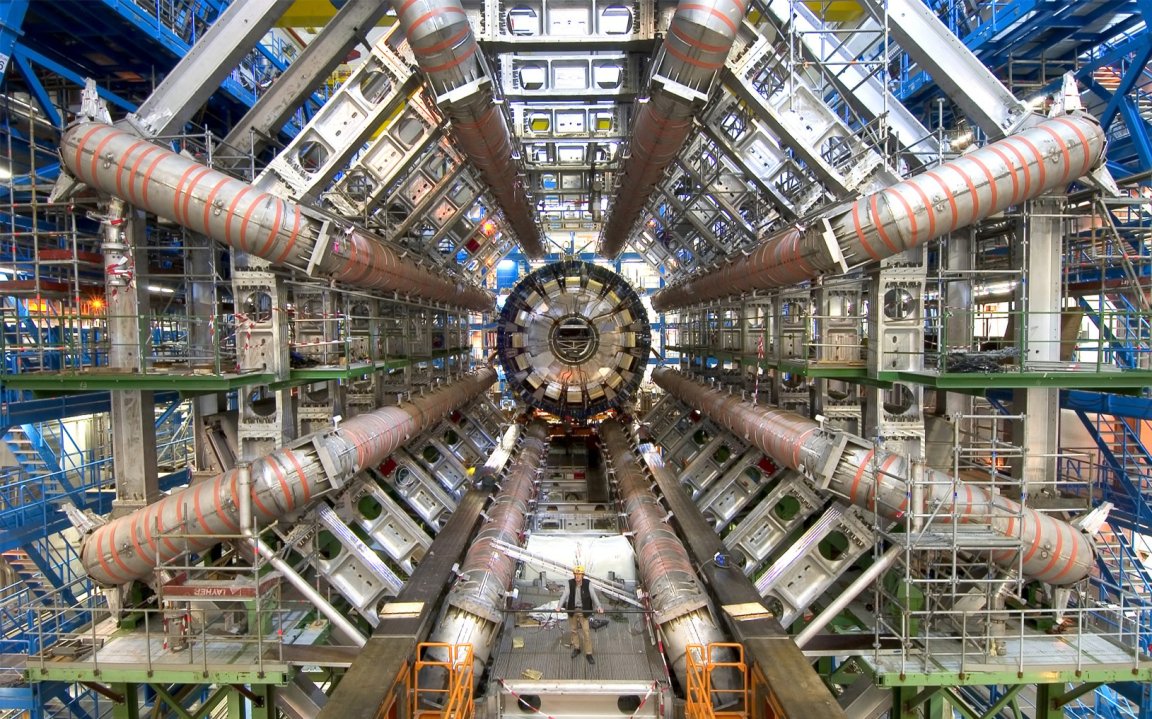
The Breakthrough
Researchers over at the Vienna University of Technology (TU Wien) say that they may have found the elusive glueball in meson f0(1710) through a new theoretical approach to calculate glueball decay developed by TU Wien Professors Anton Rebhan and Frederic Brunner.
Glueballs are exotic particles made entirely of gluons, which are the “sticky particles that keep nuclear particles together and have been a long sought after particle among physicists. Gluons are pure nuclear force, which means these particles are very unstable and the only way that researchers have been able to detect them is by analyzing their decay; a process which in itself is yet to be fully understood.

What’s in a Glueball?
Should f0(1710) turn out to be a true glueball, it would further solidify that the principles of higher dimensional gravity can be used to answer questions posed in particle physics. The existence of glueballs remains one of the most important predictions of the Standard Model of particle physics. While scientists have not yet been able to confirm experimentally, two upcoming experiments at the Large Hadron Collider at CERN and an accelerator experiment in Beijing (BESIII) are expected to yield new data on glueball decays.
Professor Anton Rebhan says, “These results will be crucial for our theory. For these multi-particle processes, our theory predicts decay rates which are quite different from the predictions of other, simpler models. If the measurements agree with our calculations, this will be a remarkable success for our approach.”